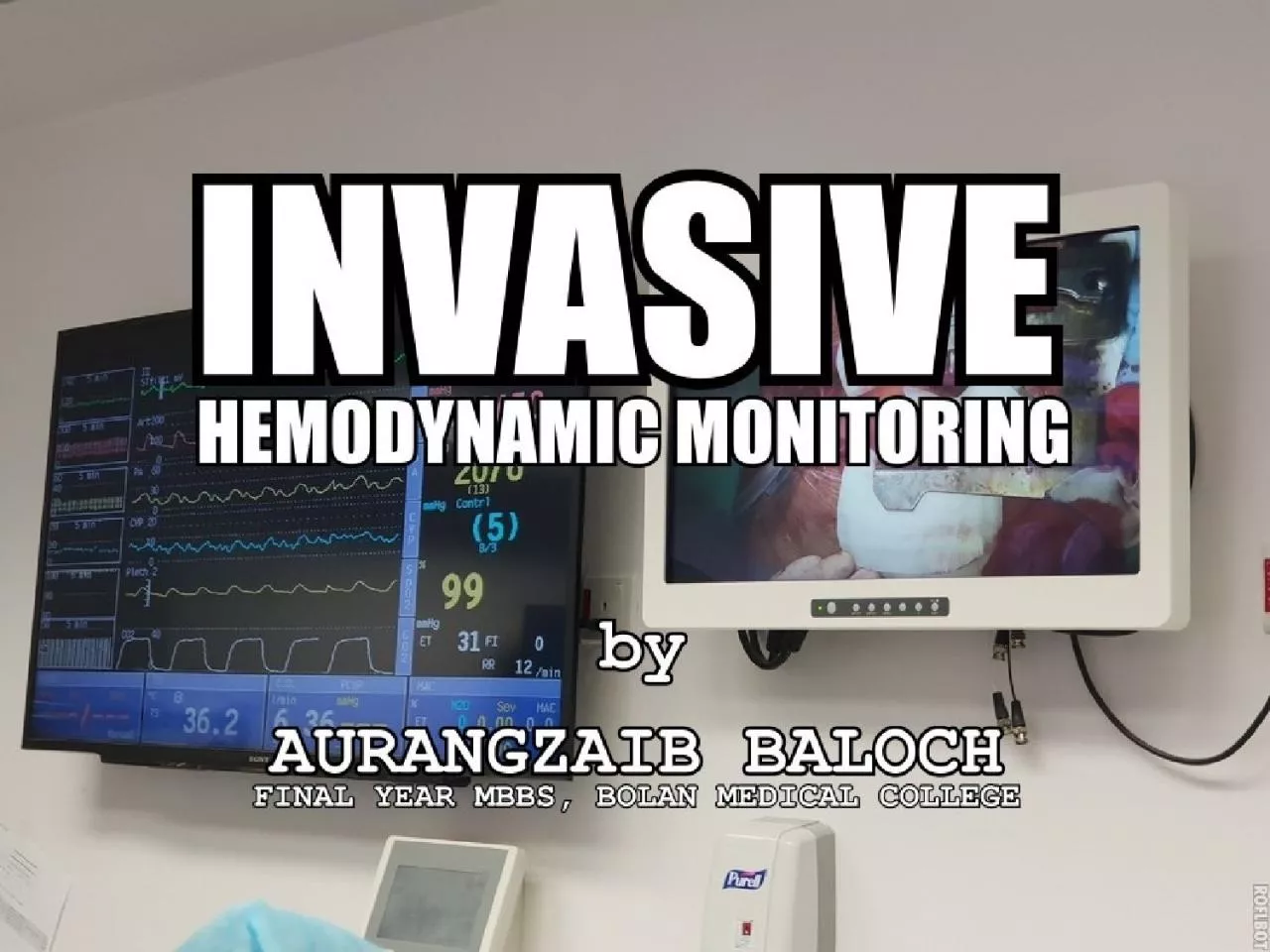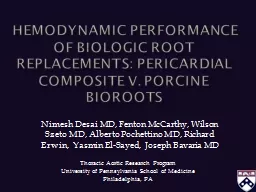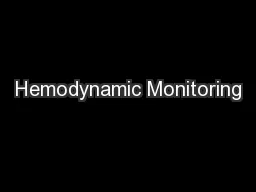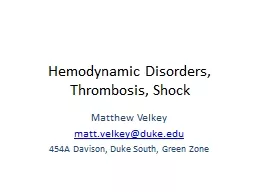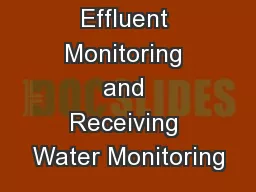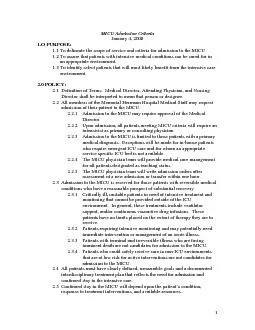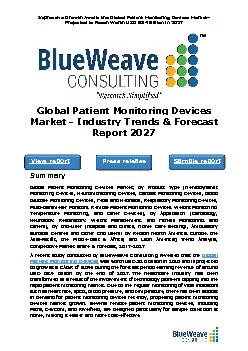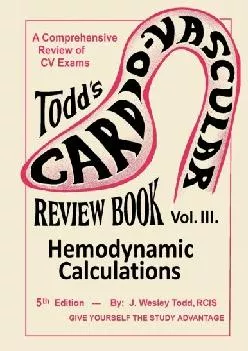PPT-INTRODUCTION “Hemodynamic monitoring is an
Author : joy | Published Date : 2024-01-29
invasive technology which provides quantitative information about vascular capacity blood volume pump effectiveness and tissue perfusion It is based on the invasive
Presentation Embed Code
Download Presentation
Download Presentation The PPT/PDF document "INTRODUCTION “Hemodynamic monitoring i..." is the property of its rightful owner. Permission is granted to download and print the materials on this website for personal, non-commercial use only, and to display it on your personal computer provided you do not modify the materials and that you retain all copyright notices contained in the materials. By downloading content from our website, you accept the terms of this agreement.
INTRODUCTION “Hemodynamic monitoring is an: Transcript
Download Rules Of Document
"INTRODUCTION “Hemodynamic monitoring is an"The content belongs to its owner. You may download and print it for personal use, without modification, and keep all copyright notices. By downloading, you agree to these terms.
Related Documents

